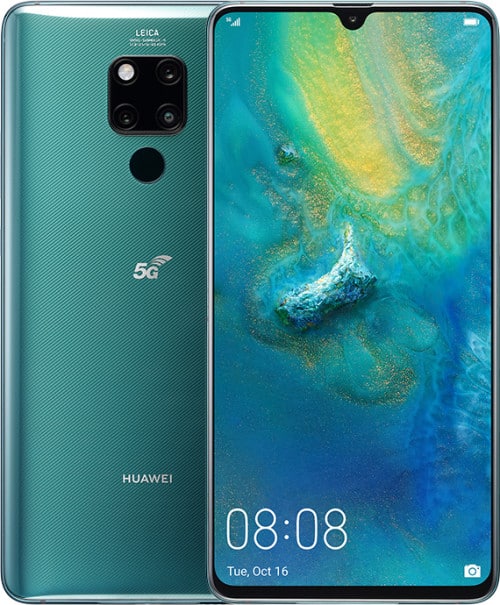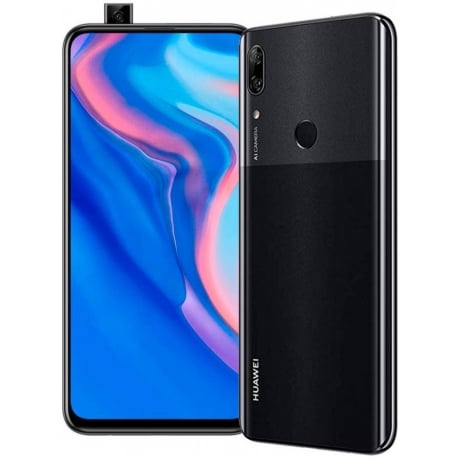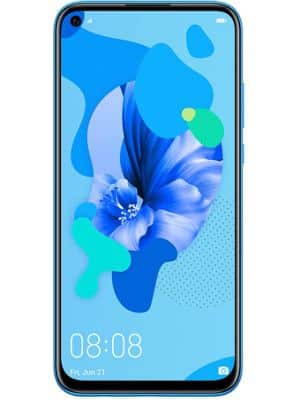Android has many functions hidden in the Developer Options section. Some of them are only useful for programmers, but many of them are very useful for ordinary users like you and me. In fact, I’ve found many that serve to make my Android user interface faster and more fluid. Obviously, these methods are not equally effective on all cell phones and tablets.
If you have a high-end or very recent device, there’s probably nothing you can do to make it run faster than before. But if you feel that your mobile or tablet is too slow, you can try to speed up the interface using developer options as we will explain below.
How to make your Android faster with developer options
Below we list all the settings you can make to speed up your Android using advanced settings. It won’t even take you 5 minutes to implement these tricks, so let’s not waste any more time and get down to business.
Enable developer options
If you haven’t already, follow these steps to enable developer options on your Android (important for everything we do next).
Open the Settings or Settings app.Go to About phone or device Select Software info Press the build number (or layer version) repeatedly until it says you’re a developer.
Change the animation speed
The first thing we do is reduce the time it takes for animations to run on your device. This makes the interface feel more fluid. To achieve this, follow the steps below.
Enter the Settings or Configuration app.Look for developer options (may be in additional settings) and go to the “Drawing” section and there you will see three options that interest us: window animation scale, transition animation scale and scale animation duration. Select each option and change the speed to 0.5.
Ready! This should make your Android device interface faster and smoother. If you don’t notice a big change, turn off the animations completely. And if that doesn’t make a difference, your Android is already fast and you don’t need to speed up the animation.
Control applications that use a lot of RAM
RAM has a big impact on the fluid on the interface. If your smartphone or tablet has less RAM, this may be the reason why it is slow. Fortunately, this problem can be solved as follows from the developer’s options.
On your Android, go to Settings > Developer Options (there you can see how much RAM your device has and how much it’s using) and you’ll see a filter that says 3 hours by default. You can press it to see RAM consumption in the last 6, 12 or 24 hours.If you want to see which app is taking up a lot of RAM and slowing down your phone, click on Memory Usage, usually the apps and system that use the most (“Android OS”, “Android System”, UI System, “Google Play Services”, etc.). But if you come across a high consumption app that you don’t even use every day, you have a problem that you can solve by uninstalling the app or force closing it.
Activate the maximum forced refresh rate
Although your Android may have a high refresh rate, it may not always perform at its maximum due to the limitations of the battery saver app. However, using the Android Developer Options section, it is possible to force the maximum refresh rate to be used in all areas of the system. To enable this feature, you must:
Go to Settings > Developer options, find the Force maximum refresh rate option and tap on the option to enable it.
Use it: This option is disabled on the most recent version of Android, but can still be used on mobile phones and older tablets.
Limit the search of WiFi networks
If you have an older, low-end mobile or tablet, every little tweak you make to optimize performance will help the interface run more smoothly. So, it won’t hurt to activate the Wi-Fi network search restriction on your Android from the developer options.
This feature reduces how often apps check for WiFi, which can extend battery life and speed up the interface a bit.
And you… Do you know any other tricks to make Android devices run faster?






